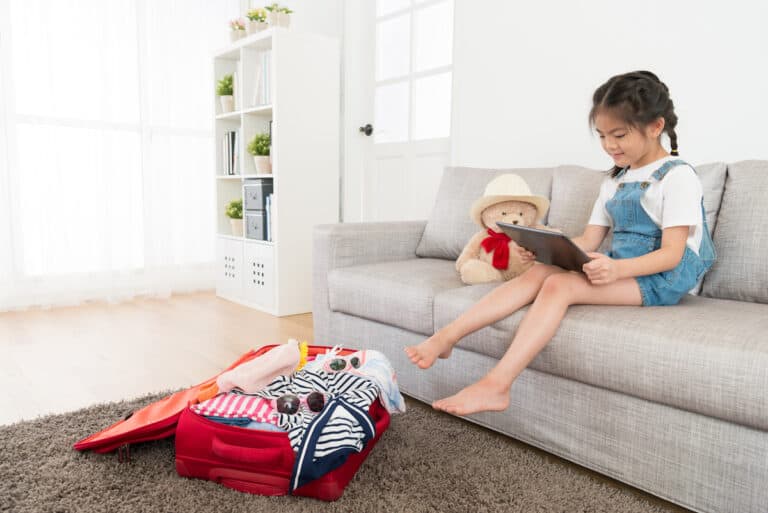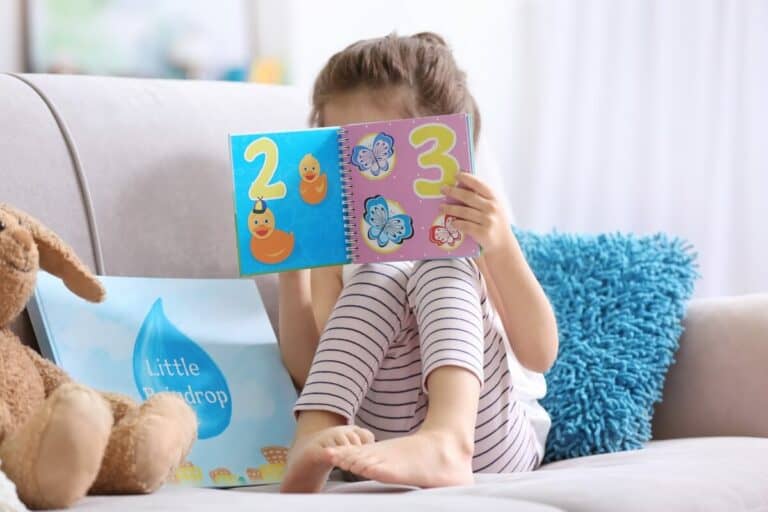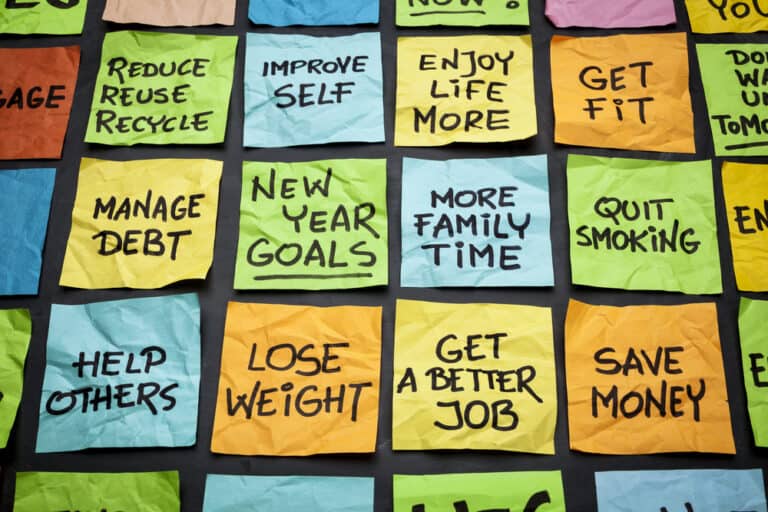The Case for Open-Ended Toys: Hours of Creative Play
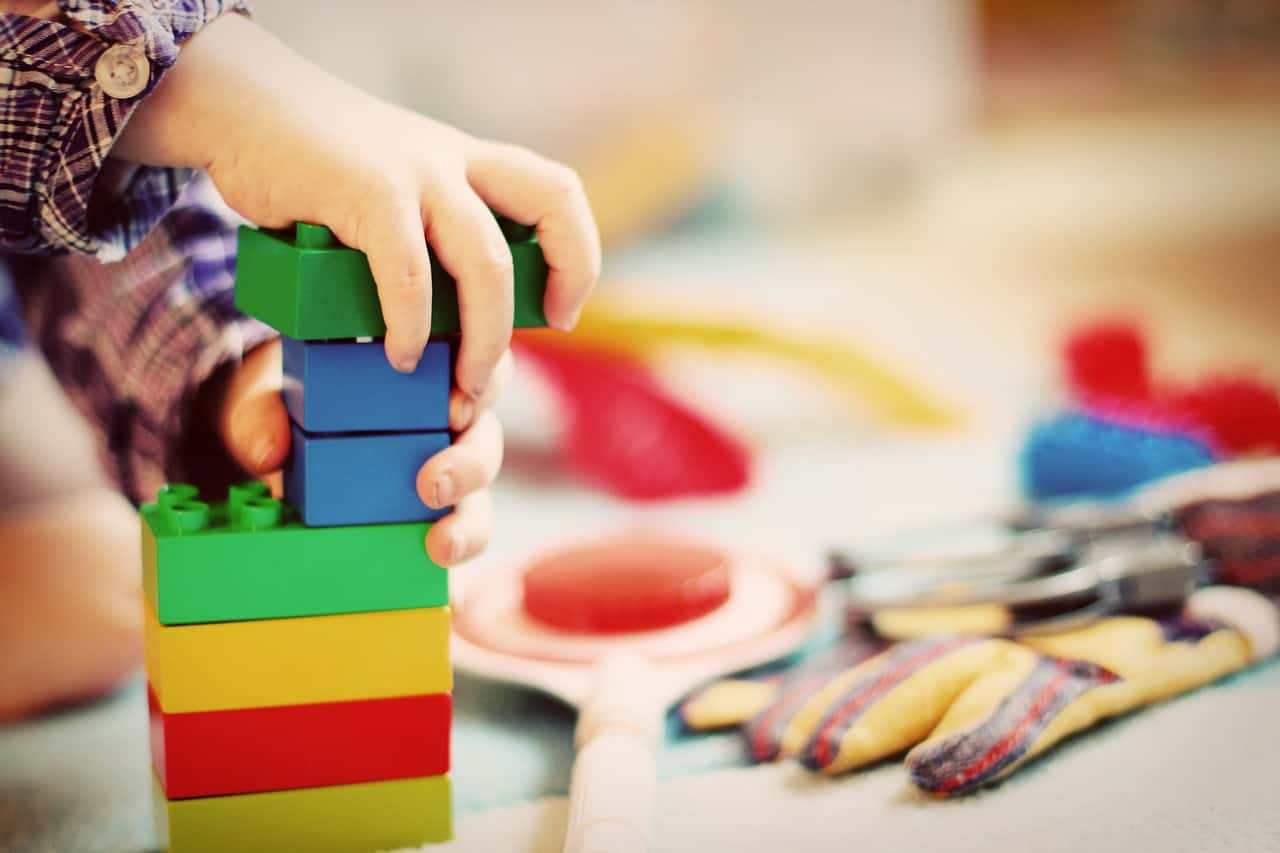
Josie Ortega reports on two concepts that offer the most bang for your buck where toys are concerned. The number of toys: can be low. The type of toys: open-ended.
A Box is Better: Understanding Open-Ended Toys
Every parent has experienced it. If you haven’t yet, just wait. It’s that moment when your kid loves and adores the cardboard box way more than the thoughtful—perhaps pricey—toy that it contained.
I’ve often heard parents and grandparents joke about that very situation: “Next time, I’ll just give you a box!”
Or, recently overheard in the coffee shop, to the father whose little girl was sitting under the table as if it were her house: “See! You don’t need toys. The playground’s right here.”
These were good-natured laughs, but they held the truth: Little kids don’t need tons of toys.
Based on the utility of the cardboard box and the coffee shop table, we see that what kids need is space to climb around and pretend. And we adults need to provide toys that will augment the type of play they’re naturally doing anyway.
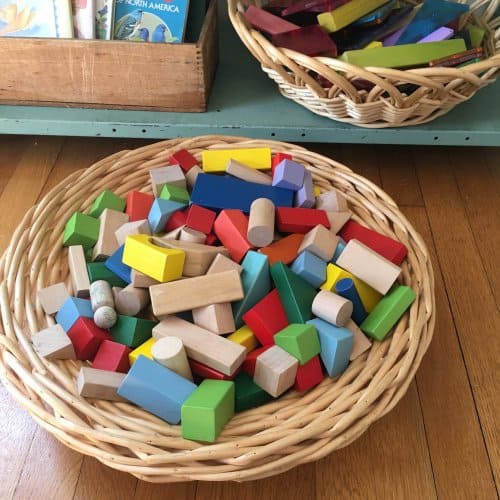
When my daughter’s preschool teacher sent an article home with all the parents, it confirmed what we kind of knew already: the American Academy of Pediatrics recommends basic, hands-on toys like empty boxes and blocks for young children, as opposed to flashy light-up playthings or “educational” electronics.
Therefore: if the toys in your home are driving you crazy, you now have a scientifically-backed excuse to clean house!
Taking a Toy Inventory
OK, then. Let’s take stock. How many toys should we have, anyway?
There’s no answer because it’s simply up to you. The number will depend on your family, your philosophy, number of kids, ages, your house, storage considerations, etc. Even if you have tons of storage, though, the more playthings you have, the more time you’ll spend managing those things. Sorting, putting away, cleaning, organizing, culling broken items. It becomes a whole job.
Plus, all the effort it takes to maintain a large toy library probably isn’t worthwhile.
In Simplicity Parenting, Kim John Payne and Lisa Ross make the point that if one fire truck brings joy, a dozen don’t bring a dozen times the joy. Actually, too many truck options will overwhelm, and your kid will turn away and look for something else.
In other words, our attempts to provide plenty can have the opposite effect of creating anxiety.
Quality over Quantity
In that case, if we’re going for quality over quantity, what type of toys should make the cut?
A general idea to keep in mind is to look for playthings that are “open-ended” and encourage creativity.
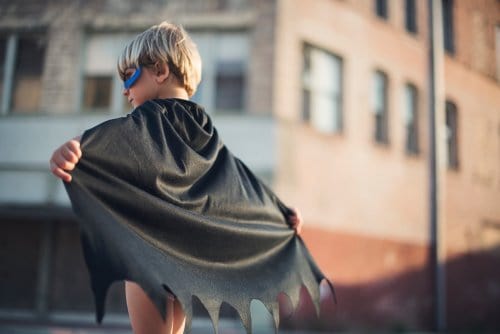
What are Open-Ended Toys?
When something’s “open-ended,” it means a variety of paths are possible. Open-ended toys invite creativity and imagination, as opposed to toys that can only be used in one way.
For example . . .
In the costume box: a less open-ended item would be an official Batman costume with the brand and everything. It’s meant to be one specific character. More open-ended would be a black cape that could serve for Batman, Wonder Woman, Robin Hood, a magician, the circus ringmaster . . . whatever else the kids are playing these days.
Or with Legos: there are more open-ended toys like general Lego sets, and less open-ended sets where you follow instructions to create a dinosaur or other particular thing. Those are really cool and serve a great purpose. But if you have limited space, I’d get the set that offers tons of options. And certainly, nothing prevents us from mixing and matching and combining Lego sets to create something new!
You get the concept. Of course, you’re free to apply it as far as you’d like.
You might say goodbye to every toy other than the wooden blocks and a few art supplies. Or, you might judge that your kid is so obsessed with Batman that they will use the official costume often enough that it ends up functioning as extremely open-ended. Holy creativity, Batman! The possibilities are endless!
Other ideas for open-ended toys include:
- Art supplies
- Instruments (God save your ears.)
- Dollhouse
- Play kitchen
- Puppets
- Costumes and dress ups
- Blocks and building things.
We’ve found that Magna-Tiles please a crowd with a wide age range. Then once you’re beyond choking hazard stage: these little doo-dads can be used for anything. My kids love to build with them, but they also appear throughout the house as money, food, treasure, etc. in pretend play.
The Open-Ended Toy to Rule Them All
Don’t underestimate one of the best open-ended toys that kids have loved throughout the ages: DIRT.
Playing in the mud, dirt, and sand is extremely satisfying for kids (adults, too, let’s be honest). For little ones, in particular, sensory experiences like this meet their brains’ need to explore how the world around them works.
Other benefits of playing in the mud include an immune boost and a mood boost!
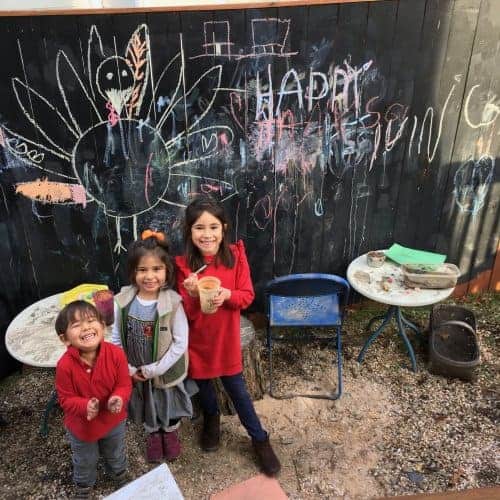
When we lived in a house without a true backyard, but with a lovely back patio, my husband and I planned to rely on the park next door for the kids to play.
While we did love running over to the park, I was amazed to see how our kids were drawn to the path leading from our side gate back to the deck. It had flagstone steps surrounded by pebbles. They loved digging around, piling up pebbles, making mud pies.
This little accidental play area was so well loved that it became a bakery café with an official name—Chocolate M’locolate (I don’t really get it). When we moved, we decided to recreate the area and set up Chocolate M’locolate 2 at the new house.
For those with pristinely landscaped yards, I think it’s still well worth leaving a spot where kids can freely dig around and mix their potions. Check out all the mud kitchen ideas on Pinterest! Our set-up isn’t too elaborate: it’s an area with pea gravel and chalkboard paint on the fence and random containers. (AKA: Where old Tupperware goes to die.) The chocolate muffins are the best in town.
The Many Benefits of Open-Ended Toys
The open-ended, hands-on toys that the American Academy of Pediatrics recommends will meet children at their appropriate developmental level. As you’re giving kids space to exercise their imaginations, your family also will be saving money and fighting consumerism. (Go you!) Hate to say it, but I’m getting the feeling that fighting that battle will only grow more difficult as our kids grow older.
I won’t forget the day one of my daughter’s friends came over and asked where the toys were. For the first time, I distinctly felt the vibe that these little girls were trying to impress each other with brand name stuff. It’s inevitable, and I’m just grateful that we lasted as long as we did.
Once you get going down this path of not having tons of noisy toys around, it’s a relief. And you may decide to establish some official family policies to reduce arguing and decision fatigue even further.
If it helps to have something to fall back on with your kids—or perhaps well-intended grandparents!—just make it a policy: No electronic toys at this age, family policy. We're not buying character-branded toys or clothes, family policy. No toys that drive me crazy! Family policy.
Have someone embroider it on a pillow for you, or the kids can make a sign with those open-ended art supplies: If mama ain’t happy, ain’t nobody happy.
In addition to the most important benefit, which is simply healthy growth—playing with fewer, more open-ended toys will equip kids with a robust imagination, an increased attention span, and the ability to cope with delayed gratification.
Life moves fast! Savor these cardboard-box days, and enjoy the delicious mud pies.

